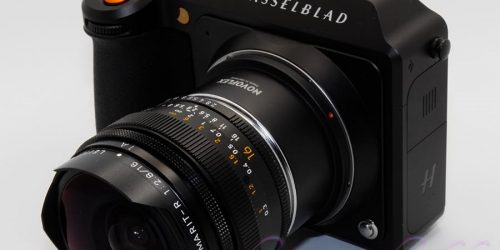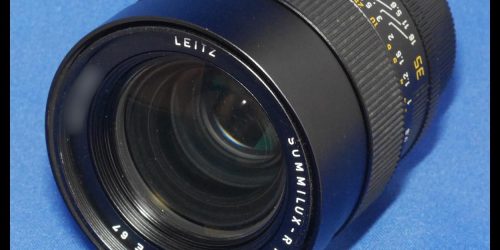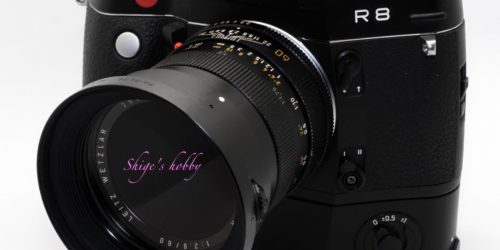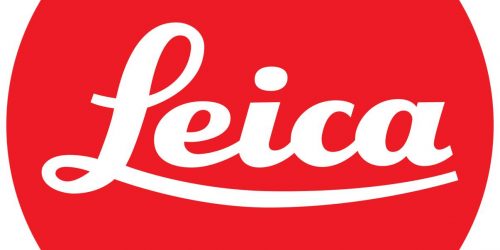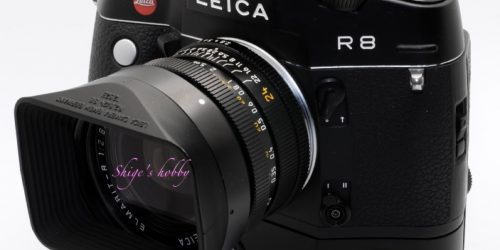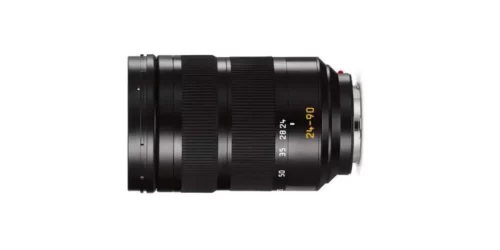LEICA VARIO ELMAR R 28-70mm(ROM/11364)
Review and photo examples of the Vario Elmar 28-70 standard zoom lens in Leica R mount
Table of contents
Photo example
Film examples were taken with LEICA R8 and KODAK GOLD 200, film scanned with DiMAGE Scan Multi PRO
Digital examples were taken with a SONY A7SII
Review
Please note that this article describes the ROM lens of the later model (11364) among the Vario-Elmar 28-70 lenses, which is different from the earlier model (11265).
Both the earlier and later models are manufactured by Sigma, and there is no difference in lens composition, specifications, and other specifications. The major difference between the earlier and later models is the design of the lens barrel. Since they were manufactured in different years, it is possible that the lens coatings and internal mechanisms have changed, but since I have never used the earlier model and have no intention to disassemble and compare the two, the detailed differences are not known.
The 11364 lens has a focusing ring in the front and a zoom ring on the front side. The focusing ring turns clockwise from infinity to minimum, and the zoom ring from 28mm to 70mm also turns clockwise. The Vario Elmar 21-35 has a similar ring movement, so it is aligned with the style of rotatable Leica zoom lenses.
The Sigma’s zoom ring turns left when moving from wide-angle to telephoto, so the direction of rotation is reversed.
The lens barrel changes in length as the lens is zoomed and focused, but the change is completed inside the hood, as favored by Leica lenses of this period. 28mm is the longest lens barrel and 70mm is the shortest, which makes sense for the effect of a hood fixed at the front of the lens. The effect of the hood fixed in front of the lens is reasonable. The hood itself is short, so even at 70mm, which is the shortest lens, the hood’s light-shielding effect is limited.
The 28mm lens has a certain amount of barrel distortion, which can be seen when photographing linear architecture, etc. At around 35mm, the distortion is almost imperceptible, giving the impression that the correction at the widest angle is insufficient.
The 70mm lens is blurry and lacks sharpness, and the wide and telephoto ends, which are frequently used with zoom lenses, are not very good, giving the impression that the lens is difficult to use. And because it is an old lens, contrast loss and ghosting can be seen in backlit situations.
The minimum focusing distance is 50cm at all focal lengths, and although the 70mm lens seems to allow you to get reasonably close, in actual use, you will find yourself unable to focus the lens when you take a step too far.
KODAK’s negative film tends to be light, and many of the photos taken with this lens lack saturation, making it necessary to increase the saturation after scanning. I would like to check the difference in results by using a slightly flashier film or by shooting with a slightly higher exposure.
The default setting of the digital A7S2 is better than that of the negative film, but it tends to be bland.
When mounted on the Leica R8, the lens looks small and cute, but when mounted on the Sony α7Sii, it looks like a fine lens through f/2.8.
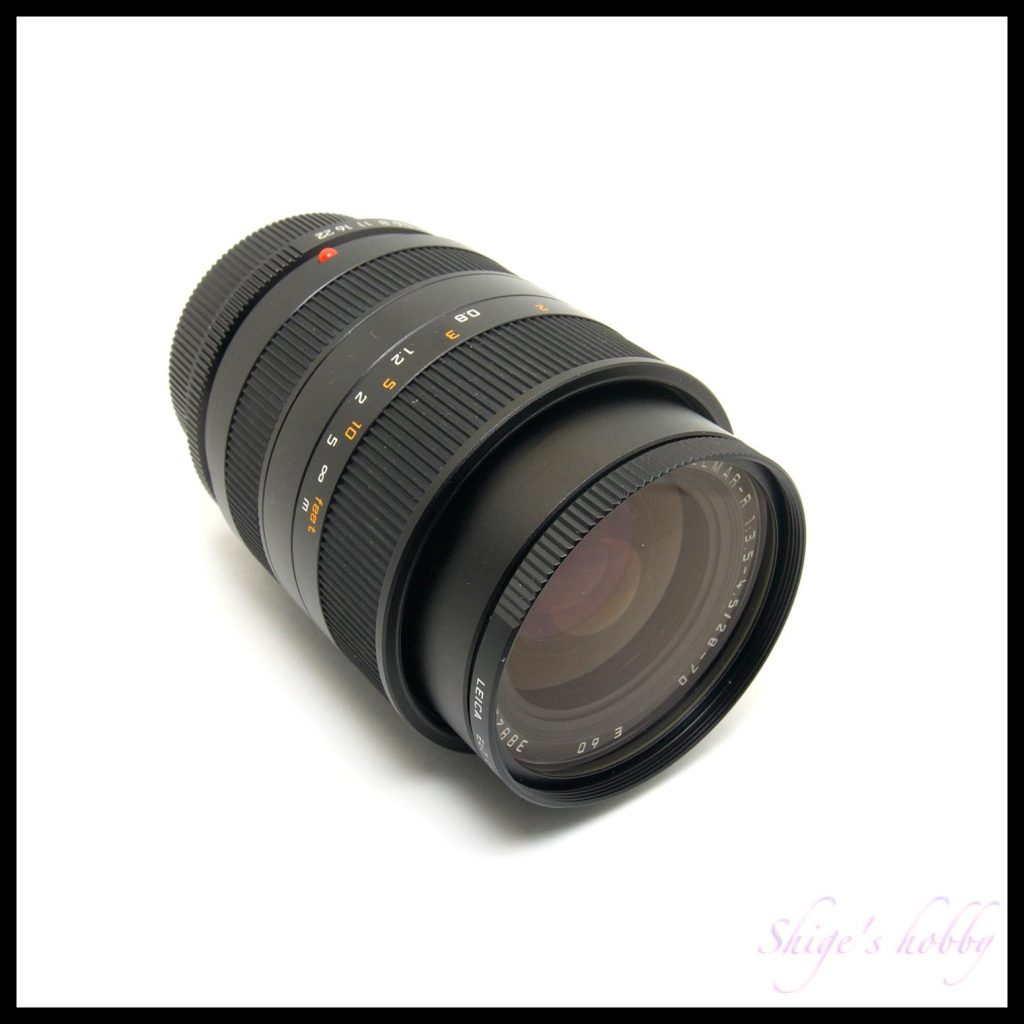
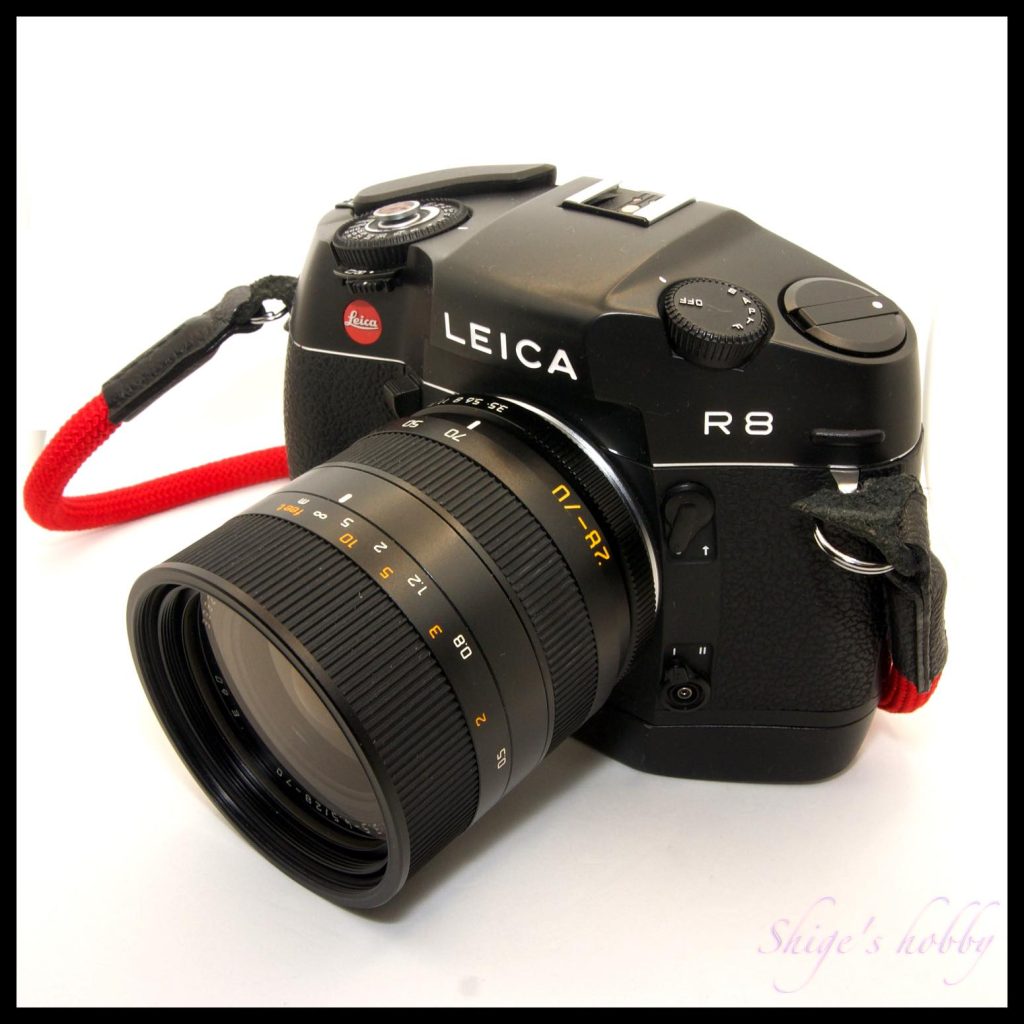
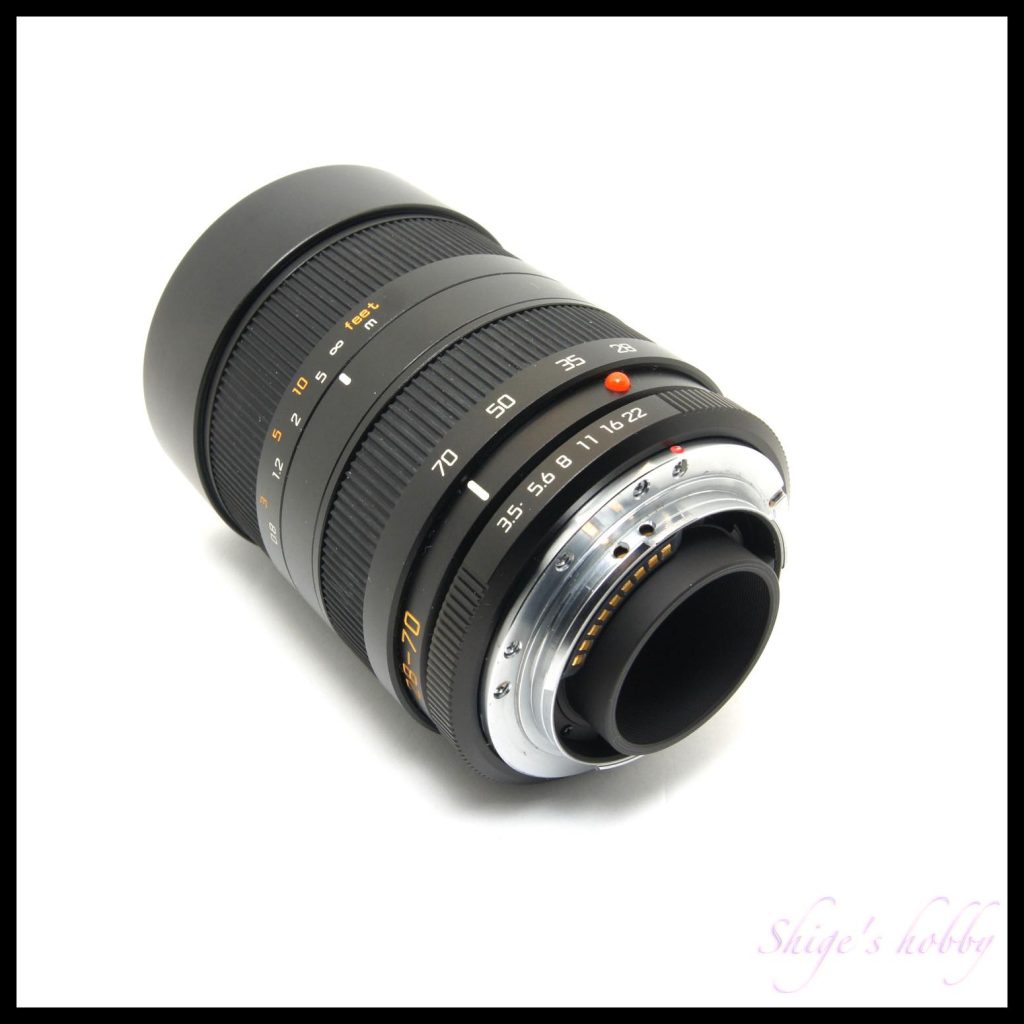
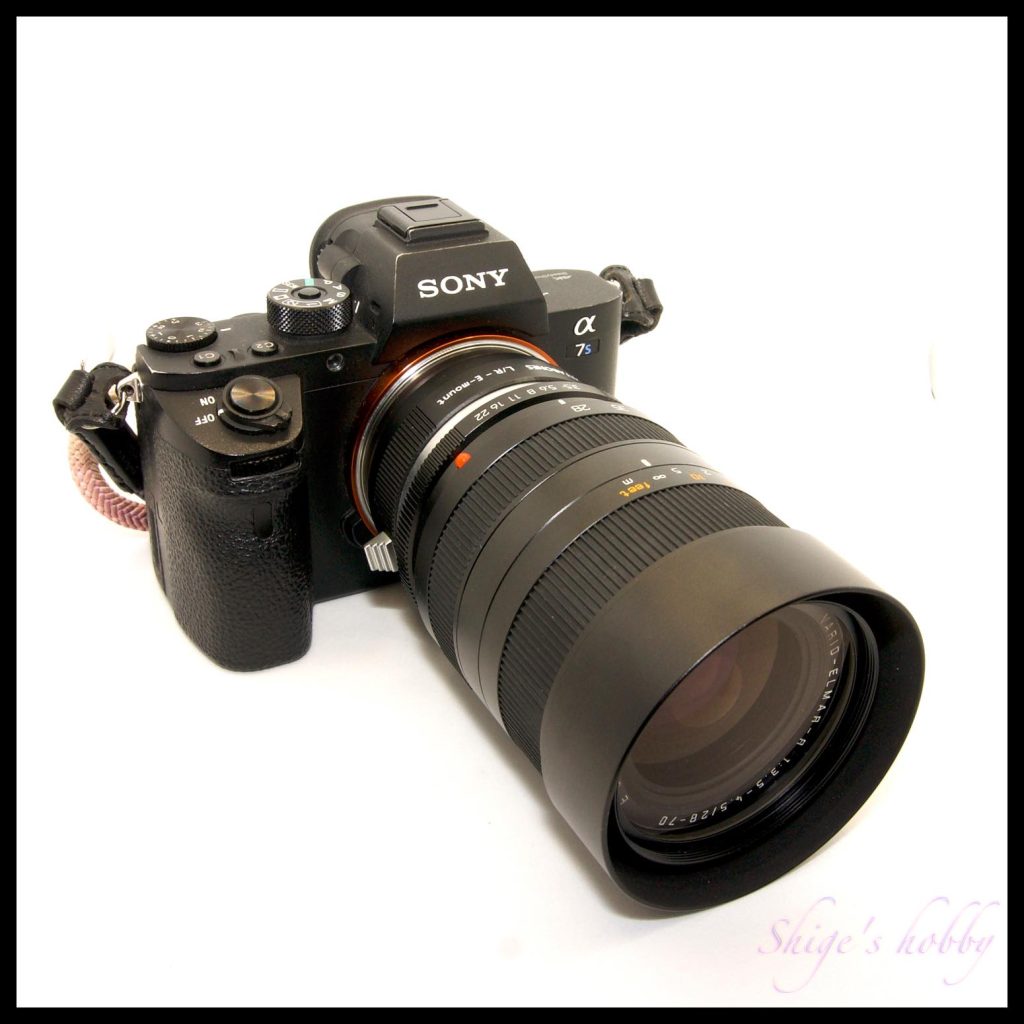
Specification
| Lens name | VARIO ELMAR | ← (11364) | ← | ← |
| Constructor | LEICA | SIGMA | Kyocera? | Kyocera? |
| Focal length(mm) | 21-35 | 28-70 | 35-70 | 80-200 |
| Max aperture | 3.5-4 | 3.5-4.5 | 4 | ← |
| Min aperture | 22 | 22 | ← | ← |
| Leaf blade | 6 | ← | ← | ← |
| Lens Construction | 9 elements in 8 groups | 11 elements in 8 groups | 8 elements in 7 groups | 12 elements in 8 groups |
| Min distance(m) | 0.5 | ← | 0.5 (0.26 macro) | 1.1 |
| Lens length(mm) | 66.3 | 70 | 79 | 46 |
| Max diameter(mm) | 75 | 69 | 74 | 62.5 |
| Filter Size(mm) | 67 | 60 | 60 | 60 |
| Weight(g) | 500 | 452 | 505 | 1020 |
| Lens hood | Prastic crow 12438 | Screw type 12437 | Screw type 12437 | Build in |
| Production number*1 | 3,400(Until 2005) | 9,100(Until 2003) | 8,680(Until 2005) | 14,350(Until 2005) |
| Release date | 2001- | 1997- | 1996- | 1995- |
<参考文献・リンク>
<更新>
- 2024.1.31:初稿
<広告・クリックすると本サイト管理者に収入が発生する可能性があります。>
